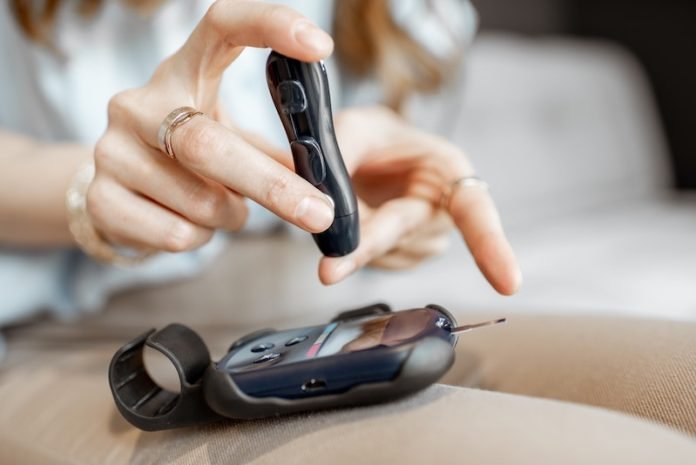
Diabetes can be a tough condition to live with. It affects many parts of the body, even the eyes.
A team of investigators from Cedars-Sinai, led by Alexander Ljubimov, Ph.D., has discovered new ways that diabetes causes harm to the eyes.
They’ve also found potential ways to treat these changes. This could be a big step in developing new treatments for people with diabetes.
Diabetes is a condition where the body has trouble using sugar for energy. This happens when the body either can’t make a hormone called insulin, or can’t use it properly.
Insulin is like a key that lets sugar from the food we eat into our cells. Without it, sugar builds up in the blood. Diabetes can lead to many health problems, like heart disease, kidney problems, and nerve damage.
One lesser-known effect of diabetes is on the cornea, the clear front surface of the eye.
This can make healing after an eye injury or surgery slower and less complete. But until now, doctors didn’t know exactly why this happened.
DNA Changes in the Eye
To understand these changes, Ljubimov and his team compared cells from the corneas of six people with diabetes and five healthy people. They noticed two main differences.
Firstly, they saw that the cells from the diabetic people had less of a protein called Wnt-5a. This protein is important for healing wounds and for the function of stem cells, which are cells that can turn into different types of cells.
Secondly, they saw an increase in a type of microRNA, which can stop the production of Wnt-5a, in the diabetic samples.
These changes aren’t in the DNA sequence itself, but in how the DNA is used to make proteins. This is called epigenetic alteration.
Reversing the Changes
After noticing these changes, the team tried three different ways to bring back the normal levels of Wnt-5a. They added Wnt-5a directly to the cells.
They used a drug that stops DNA methylation, which is a type of epigenetic alteration. They also used a new gene therapy technique with a nanoscale compound to target the microRNA levels.
These methods all increased the production of stem cell markers and improved tissue regeneration in diabetic samples. This means they helped the cells heal wounds faster.
The team is hopeful that these therapies could not only help improve corneal function but also other complications of diabetes.
They are continuing their research to understand the role of Wnt-5a and other genes in wound healing. They’re also exploring a combined therapy that targets both microRNA and DNA methylation.
Their ultimate goal is to develop easy-to-apply, long-lasting drugs for corneal wound healing in people with diabetes.
Such drugs would need approval from the Food and Drug Administration (FDA) before they could be used. But if they are successful, they could greatly improve the health and quality of life for people with diabetes.
If you care about diabetes, please read studies about common vegetables that may reduce kidney damage caused by diabetes, and why more than half of people with type 2 diabetes die from heart disease.
For more information about heart health, please see recent studies about a new early warning sign for heart disease, and results showing common high blood pressure drugs may increase risk of this heart disease.
The study was published in Diabetologia.
Follow us on Twitter for more articles about this topic.
Copyright © 2023 Knowridge Science Report. All rights reserved.



